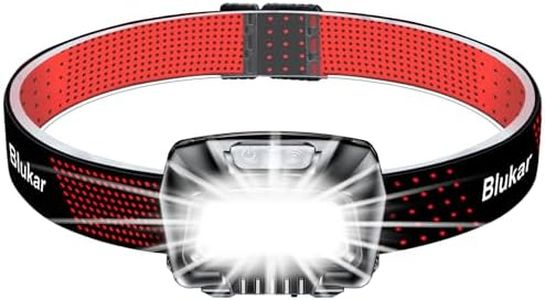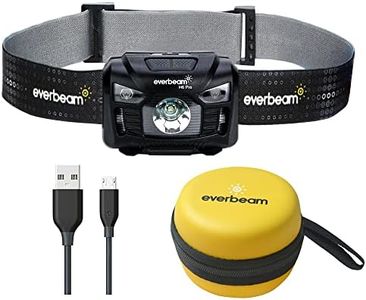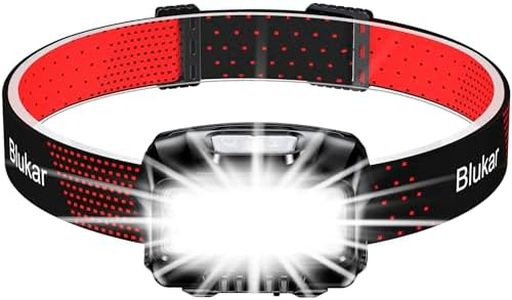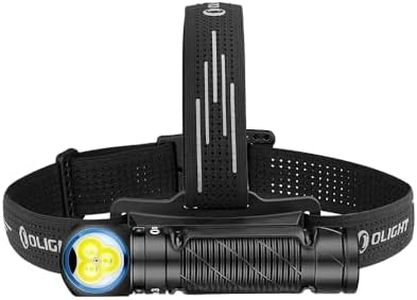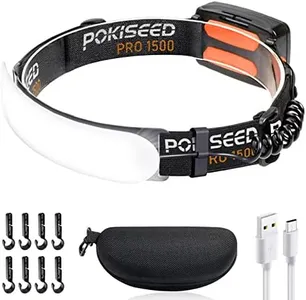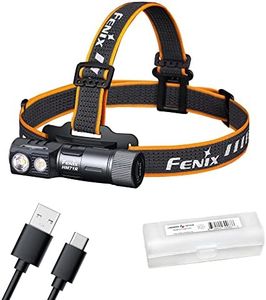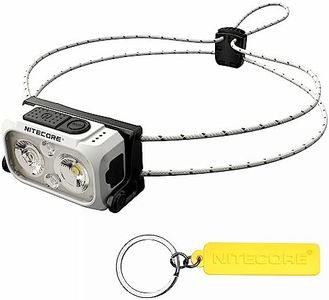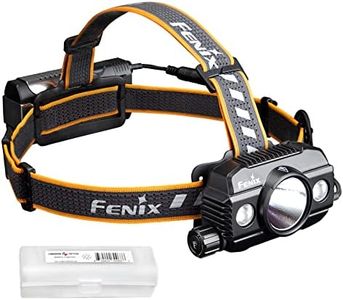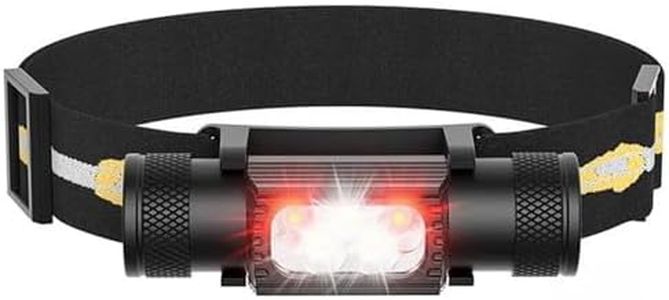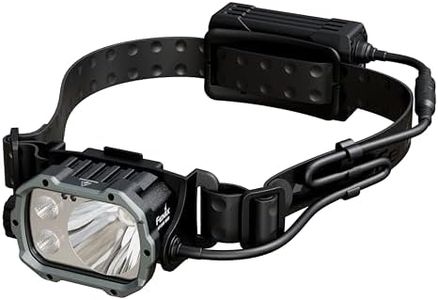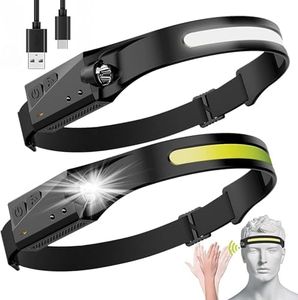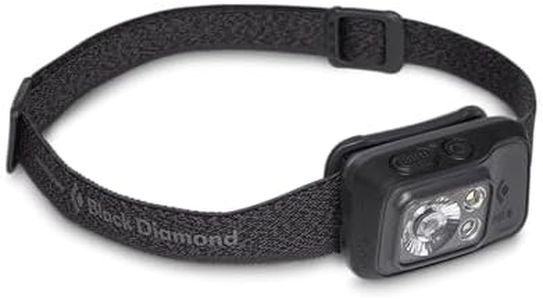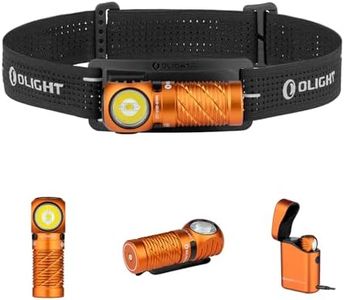We Use CookiesWe use cookies to enhance the security, performance,
functionality and for analytical and promotional activities. By continuing to browse this site you
are agreeing to our privacy policy
10 Best Rechargeable Headlamps
From leading brands and best sellers available on the web.Buying Guide for the Best Rechargeable Headlamps
Choosing the right rechargeable headlamp can make night-time activities safer and more convenient, whether you're hiking, running, camping, or working in low light. It’s important to consider how you’ll use your headlamp most frequently and match the features to your specific needs. By understanding the key specifications, you can select a headlamp that will be reliable, comfortable, and effective for your intended use.Brightness (Lumens)Brightness, usually measured in lumens, indicates how much light the headlamp produces. A low lumen rating (under 100 lumens) is typically enough for basic tasks around camp or walking in well-lit areas, while mid-range lumens (100–300) are good for hiking or running on trails. High lumen headlamps (over 300 lumens) are best for technical activities, exploring in total darkness, or when you need to see a long distance ahead. Match the brightness to your typical environments: lower lumens conserve battery for close-up jobs, while higher lumens work better for outdoor adventures at night.
Battery LifeBattery life describes how long your headlamp will last on a single charge. Some models may run a few hours on the highest brightness or stretch much longer on dimmer settings. If your activities last only a couple of hours, almost any battery life will likely suffice. For multi-day trips without charging access, look for longer battery life, or a headlamp that works efficiently in lower power modes. Consider how often you can recharge and how long you'll need consistent light.
Beam Type and DistanceBeam type refers to whether the light is focused into a spot (narrow and long-reaching) or a flood (wide and short-reaching) beam. Spot beams are ideal for seeing far ahead on dark trails, while flood beams offer broader illumination for close-up tasks like setting up a tent. Some headlamps let you switch between beam types. Consider how you'll use the headlamp most—distance activities often benefit from a spot beam, while camp chores and reading need a flood beam.
Charging MethodThe way a headlamp charges is important for convenience. Most rechargeable headlamps use USB charging, making them easy to recharge from a power bank or any USB outlet. Some offer magnetic chargers or other unique connectors. Think about where and how you’ll charge your headlamp—if you travel often, a standard USB type is the most versatile.
Weight and ComfortThe weight of a headlamp affects comfort, especially during long-term wear like running or multi-hour hikes. Lightweight styles are better for activities involving lots of movement, since they won’t bounce or feel cumbersome. Heavier headlamps may have bigger batteries or be more powerful, but might feel less comfortable for extended use. Try to match the weight to the duration and intensity of your activities.
Water ResistanceWater resistance shows how well a headlamp can handle rain or splashes. Look for a specified rating, usually shown as 'IPX' followed by a number. IPX4 means splash-resistant (fine for most rainy conditions), while higher numbers like IPX6 or above mean better protection for wet environments. If you plan to use the headlamp outdoors frequently, especially in unpredictable weather, select a headlamp with appropriate water resistance.
Adjustability and FitAn adjustable headband ensures the headlamp stays comfortably in place. Some models feature tilting heads so you can direct the beam without moving your whole head. If you'll wear hats or helmets, look for added adjustability. Fit is crucial for comfort and utility; if the headlamp feels awkward or fits poorly, you're less likely to use it for long stretches.
